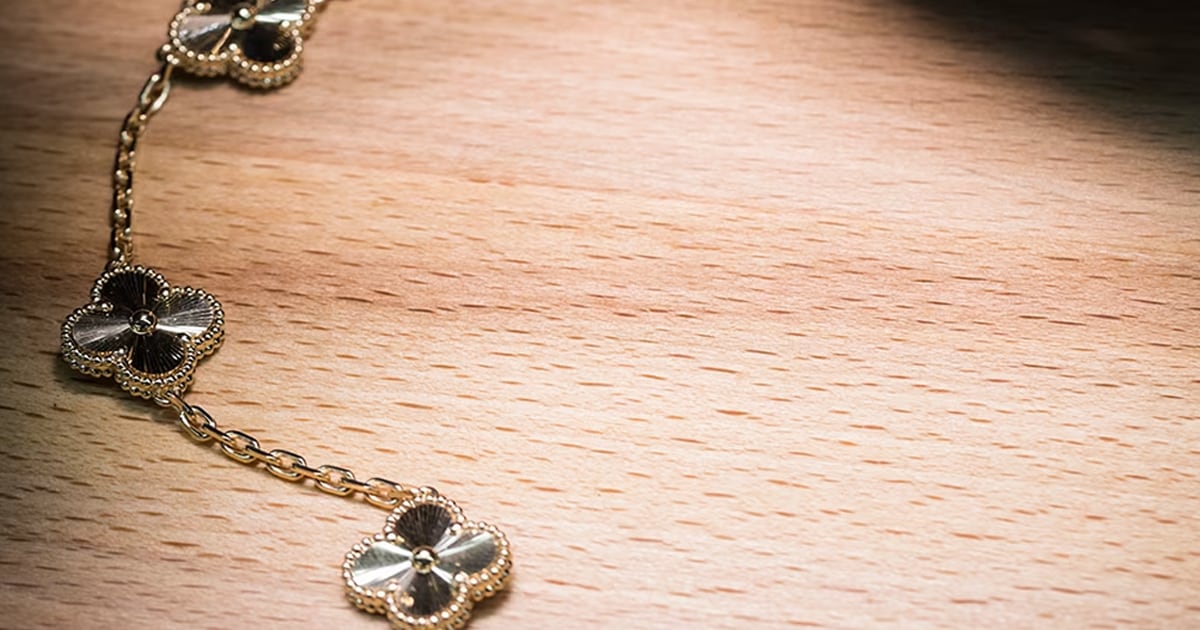This week’s news that Teen Vogue will cease publication as a standalone outlet marked the end of an era in more ways than one.
The magazine, which debuted in 2003, went through a transformation in the late 2010s, going from chronicling the lives of privileged girls across the US to becoming something of a digital bible for young progressives, covering a host of political issues, from right-wing attacks on the LGBTQ+ community to the war in Gaza.
That approach helped the publication stand out – and in some cases, outlast – rival magazines aimed at the demographic only just starting to be called Gen Z. Condé Nast hired Versha Sharma, who came from social-first news publication NowThis, as editor-in-chief in 2021, overseeing a diverse staff of writers who weren’t shy about expressing their progressive views in the publication and on social media.
But the post-2020 fervour faded. Conservative voices are ascendent online, and President Donald Trump has openly threatened to punish his opponents in the media. Teen Vogue specialised in the exact sort of content that antagonises MAGA: stories encouraging activism, spotlighting the negative impacts of dismantling DEI programs and supporting transgender rights, including a cover featuring trans activist and model Vivian Wilson, the daughter of onetime Trump ally Elon Musk.
One person with knowledge of the matter said that there had been talk that the publication’s ad sales had declined over the past two years, particularly as it ramped up coverage of the war in Gaza. In a meeting about a year ago, Condé Nast top brass — including chief content officer Anna Wintour — encouraged Teen Vogue staffers to make the website less serious and more fun, the person said.
”It was obviously a direct jab at our politics team to stop doing what they were doing,” the person said.
The hammer came down on Monday. Sharma, as well as seven other staffers, including politics editor Lex McMenamin and features director Brittney McNamara, all exited or were laid off on Monday.
According to Condé Nast, as part of Vogue.com, Teen Vogue will focus on “career development, cultural leadership and other issues that matter most to young people.”
“Teen Vogue has faced ongoing challenges around scale and audience reach for some time,” a spokesperson for Condé Nast told BoF in a statement. “Rather than continuing to operate independently with limited reach, bringing Teen Vogue under the Vogue umbrella allows it to tap into a larger audience, stronger distribution, and more resources.”
Condé Nast had plenty of cover for this week’s move. Most of the magazines that beefed up their political coverage in the 2010s have quietly returned to more conventional topics for glossies. Cosmopolitan removed the “Politics” tab from its main navigation bar, while Glamour nixed “news and culture.” Elle and Marie Claire still have a dedicated section, but they are infrequently updated. None has full-time staffers dedicated to political coverage.
Since the 2010s, fashion media has also tried to pivot away from relying on traffic from viral articles to attract advertising in favour of more predictable subscription and events revenue. Teen Vogue’s political content didn’t have the payoff it once did, even when it found a big audience. Newly appointed American Vogue head of editorial content Chloe Malle has spoken of developing “a more direct, smaller, healthier audience” with most content including some sort of a fashion connection. Perhaps Teen Vogue readers were never going to sign up for that vision.
Even if Teen Vogue’s fate makes sense financially, this week’s move carries some risks.
The announcement came one day before Zohran Mamdani, a democratic socialist, was elected mayor of New York City. He cruised to victory thanks to his passionate, young and very progressive supporters – in other words, Teen Vogue readers. Suddenly, talk of ascendant conservatives has been replaced by speculation about a coming blue wave.
It’s possible Condé Nast gave up on reaching budding leftists right before their movement was primed for a comeback.


